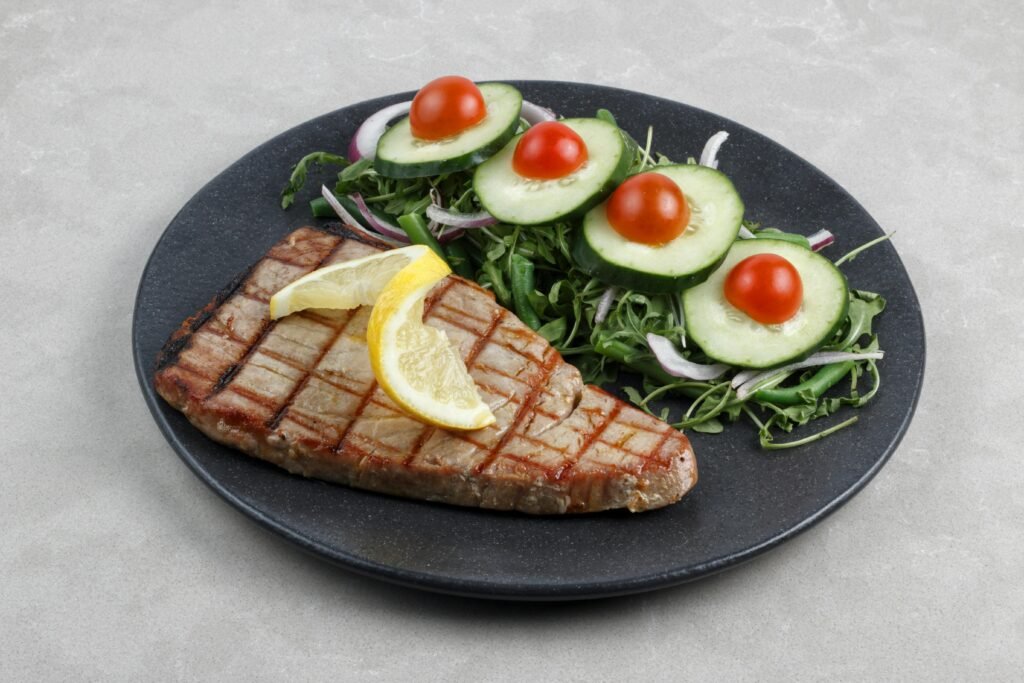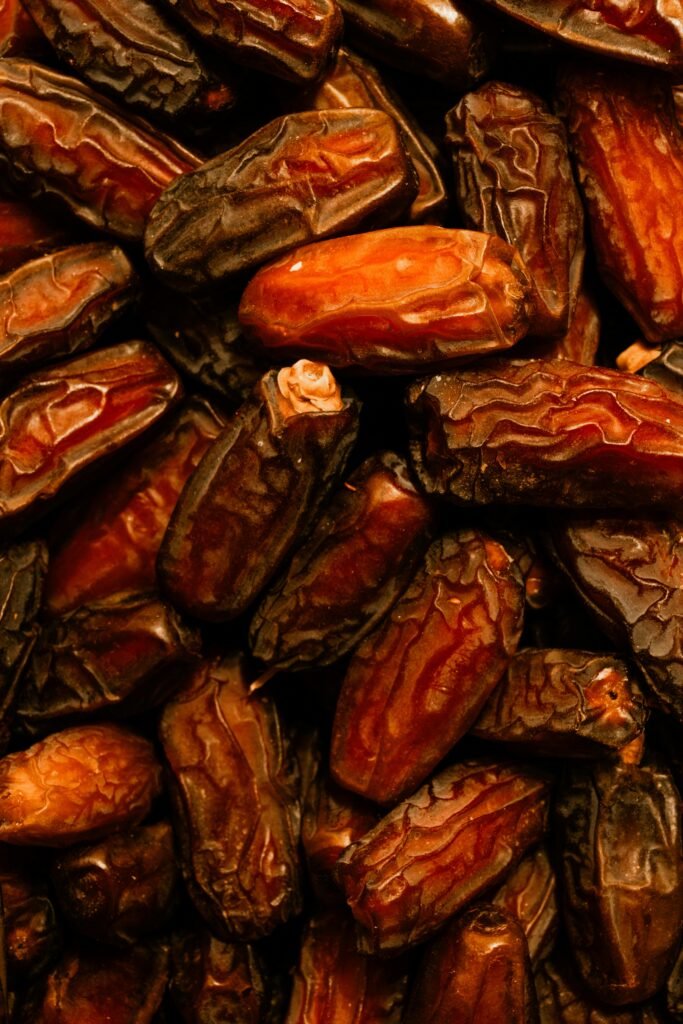Have you ever found yourself standing in the pet store, dog treats in hand, pondering whether they’re healthy enough for your furry friend? Trust me, I’ve been there. In a world where pet obesity rates are climbing, paying attention to what I feed my dog is more important than ever.

This image is property of images.pexels.com.
Understanding the Importance of Healthy Dog Treats
When I first got my dog, I had no idea how much his diet could impact his overall health. It turns out, healthy treats play a crucial role in maintaining a dog’s weight and keeping them energetic. Besides, who doesn’t want their dog to live a long and happy life? As it happens, the treats we choose go a long way in contributing to their well-being. Healthy treats offer nutritional benefits without the added calories and chemicals that come with some processed products.
What Makes a Dog Treat ‘Healthy’?
Now, you might be wondering, what exactly qualifies as a ‘healthy’ dog treat? After doing a fair bit of research—and trust me, the rabbit hole can be deep—I’ve boiled it down to a couple of key ingredients. Whole foods, natural ingredients, and lack of artificial preservatives are solid indicators of a healthier option. Look for treats with real meat as the first ingredient, grains that are easily digestible, and recognizable ingredients. Think of it as shopping for yourself; if the label looks like a chemistry experiment, it’s probably not the best choice for your furry friend.
The Role of Treats in Your Dog’s Diet
While treats are a great tool for training and bonding, they shouldn’t make up more than 10% of your dog’s daily caloric intake. I faced the challenge of wanting to reward my pup without tipping the scales into unhealthy territory. Fortunately, I learned that moderation is key, and sticking to a schedule helps keep both of us happy and stress-free.
Recognizing Unhealthy Dog Treats
When I first adopted my dog, I was guilty of grabbing any treat that seemed like a good deal or came in colorful packaging. Oh, how naive I was! It turns out, just as with human snacks, the brightly colored, heavily processed options are often the least healthy.
Ingredients to Avoid
I learned that common ingredients to avoid include artificial colors, flavors, and preservatives like BHA, BHT, and ethoxyquin, which can be damaging over time. Certain sweeteners like corn syrup and xylitol are also harmful to dogs. Once I took a closer look at the ingredient list, it became a lot easier to make smarter choices.
Recognizing Over-Processed Options
I’ve discovered that over-processed treats often lack nutritional value. They can be loaded with fillers that your dog doesn’t actually need. The lack of nutritional content can leave your dog feeling hungry, which only leads to more unhealthy snacking. Think of it as the canine version of downing an entire bag of chips and still feeling unsatisfied.
Preparing Homemade Dog Treats
There’s nothing quite like getting your hands dirty in the kitchen—especially when I know my homemade creations are making my dog happy and healthy. Not only do homemade treats give me control over the ingredients, but they’re surprisingly easy and fun to make.
Benefits of Homemade Dog Treats
Making treats at home allows me to use fresh, high-quality ingredients that I can feel good about. Whether it’s using leftover sweet potatoes or an extra apple from my fruit bowl, I enjoy knowing exactly what goes into every treat. Plus, I can adjust for any dietary restrictions or allergies my dog might have.
Simple Recipes to Try at Home
Kicking off my homemade treat adventures, I started with simple recipes that didn’t require a long list of ingredients or advanced culinary skills. Here’s a go-to I can’t get enough of:
Peanut Butter and Banana Cookies
- Ingredients: 1 ripe banana, 1 cup of whole wheat flour, 1/2 a cup of rolled oats, 1/4 cup of peanut butter (make sure it’s xylitol-free)
- Instructions:
- Preheat your oven to 350°F (175°C).
- Mash the banana in a bowl.
- Add the oats, flour, and peanut butter. Mix until you have a dough-like texture.
- Roll into small balls and flatten to create a cookie shape.
- Bake for about 10-12 minutes, or until golden brown.
- Let them cool before serving to your pup.
This snack is a hit every single time, reminding me of how easy and affordable homemade treats can be.
The Rise of Alternative Dog Treats
Pet ownership trends are leaning more toward holistic and alternative approaches, just as they are for human wellness. It’s only natural that alternative dog treats are gaining prominence.
Gluten-Free Dog Treats
I have friends who follow gluten-free diets, and with the rise in human dietary adjustments, it’s no wonder that gluten-free dog treats are popping up everywhere. They’re perfect for dogs with sensitivities and are generally made from rice, millet, or quinoa instead of wheat.
Raw and Freeze-Dried Options
While not suitable for all dogs, raw and freeze-dried treats offer a nutritious punch, retaining all of the nutrients found in fresh ingredients. They’re typically high in protein and low in additives, making them an excellent option if you’re trying to keep things simple yet healthy.

This image is property of images.pexels.com.
Treating your Dog’s Health Issues with Functional Treats
Did you know that some dog treats go beyond just taste and nutrition? I was amazed to find treats specifically formulated to address various health concerns.
Dental Health
Dental health is a big deal, and some treats are specially designed to address this. When I started giving my dog dental treats, I noticed an improvement in his breath, and regular visits to the vet showed positive results for his gums and teeth.
Joint and Mobility
If your pup is getting older or showing signs of mobility issues, treats with ingredients like glucosamine and chondroitin can support joint health. It felt good to know that even though my dog is getting older, these treats help him remain active.
Skin and Coat
There are dog treats fortified with omega-3 and omega-6 fatty acids that support a healthy skin and coat. I noticed a shinier coat on my dog, along with reduced itching and dryness, after incorporating these treats into his diet.
Personalized Dog Treats: The Future
Personalized nutrition isn’t just for people anymore. It almost feels futuristic to think you can actually get treats specifically tailored to your dog’s unique needs—but it’s entirely possible!
DNA-Based Treats
I’ve heard buzz about companies using DNA testing to provide personalized dog food and treats that cater to specific genetic needs. Although I haven’t personally tried this, it’s a fascinating development in the pet food world.
Subscription Services
I’ve tried a couple of subscription services that provide curated boxes of healthy treats and toys tailored to my dog’s liking. It’s like getting a personalized package of excitement and health every month!

This image is property of images.pexels.com.
Closing Thoughts: Prioritizing Your Dog’s Health with Smarter Choices
Ultimately, making healthier treat choices for my dog boils down to research and mindfulness. With an abundance of options available, from making my own treats to exploring new, innovative solutions, I’ve found a balanced approach that works for both of us.
Thinking back to my initial confusion in the treat aisle, I’ve come a long way in understanding the best ways to reward my dog without compromising his health. Knowing I can positively impact my dog’s life with these choices brings me a sense of satisfaction. Here’s to many more years of tail-wagging joy and health!





